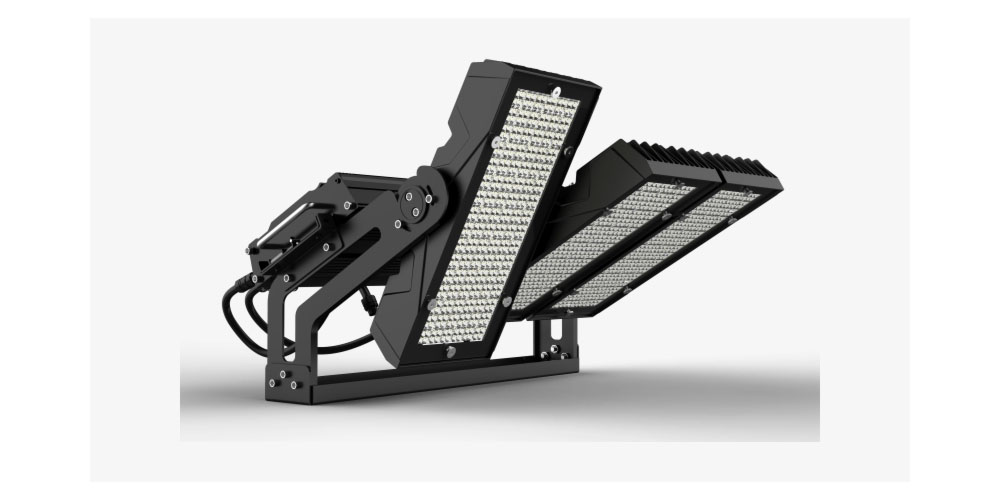A LED light system contains several individual sources of light. It can be categorized into two, i.e., indoor and outdoor LED lighting systems. Both have differences as well as similarities. A good lighting system is essential as visibility is vital, and led field lighting is a perfect choice. Its illuminating spectrum is tremendous, and everything looks nice when that light hits them. In this write-up, we focus on the components of a LED field lighting system.
Components of a LED Field Lighting System
The system involves many other elements that work together to achieve the end goal. Many other constituents can get included in the list, but we look at the main ones, which are;
1. The LED Lighting Fixture
The fixture ensures the homogeneity of the light as well as its quality. LED lights illuminate bright white light in the entire stadium, making the place look beautiful. As humans, our eyes see the light as white; however, it’s a composition of many colors that blend and appear white. LED lamps have wavelengths that they rely on to develop particular light effects. The lights are energy and cost-efficient than the traditional lighting systems.
2. High Mast Light Pole
It is one of the essential components of the lighting system. It has to be present for the light fixture to be installed and to offer support and stability. The pole is mainly made of galvanized steel, and its quality and efficiency in energy consumption are counter-checked before leaving the manufacturing plant. The height of the pillars varies depending on the game being played and the players’ competition levels. Weight and wind resistance should also be factored in when selecting the ideal light pole. Usually, the height ranges between 9 to 15 feet to accommodate everyone’s needs. The high mast light pole aims to house the electrical components, wires, ground lighting system, and the base, which is usually precast concrete.
3. User Interface
It allows the users to control a particular device they are working with, which is the LED field lighting system. Already, operating LED lights is less costly since they are durable and have excellent longevity. So controlling them or making necessary adjustments lowers the cost by a more significant margin. Reducing the light levels during low-level competitions is advisable instead of keeping the light at a high level and preventing light pollution to the stadium’s homes. You can control it from the control room or the internet using apps.
4. Lighting Control System
It involves Digital MultipleX (DMI) and Digital Addressable Lighting Interface (DALI). The protocols associated with LED lighting systems in sports are many, but these are the most common. Without them, High-power lights have no meaning and cannot function effectively.
DMX controls fixtures involved in smart lighting, and special effects help to control factors such as color and temperature. DALI is a communication protocol used to create lighting applications. Communication is mainly done between lighting control devices like motion detectors and motion sensors.
Conclusion
LED lighting systems consist of components operating as a group. The elements discussed above increase your knowledge of these systems and help you understand what they are and how they contribute to light production. LED field lighting systems are essential and very good outdoor lighting.

